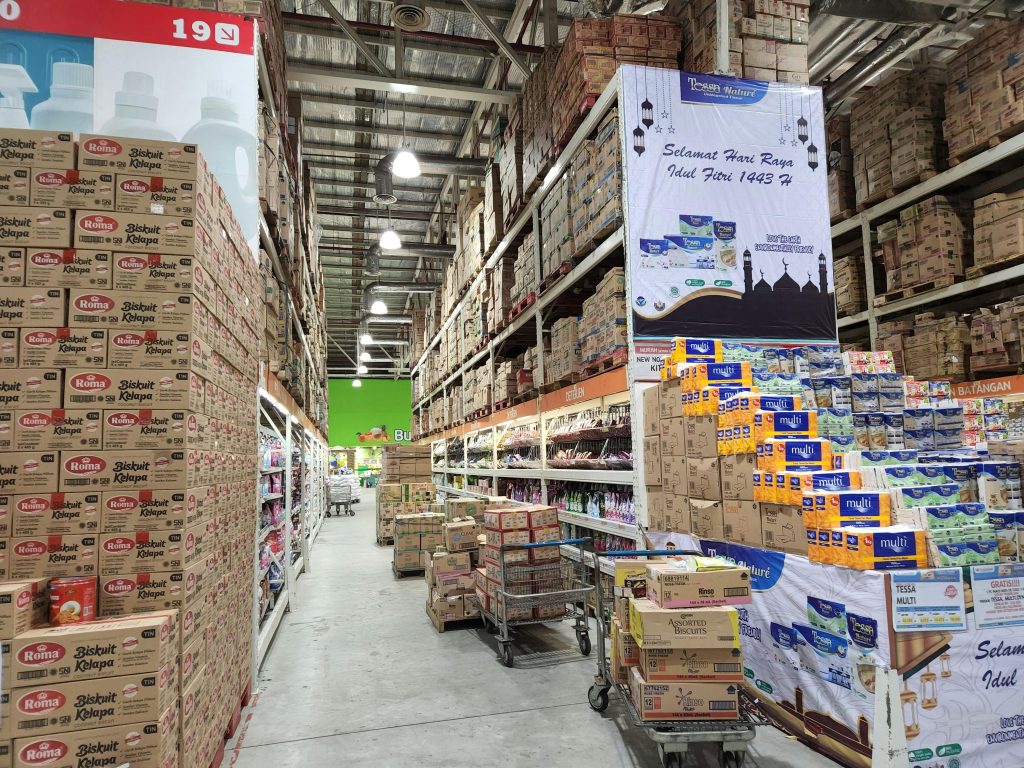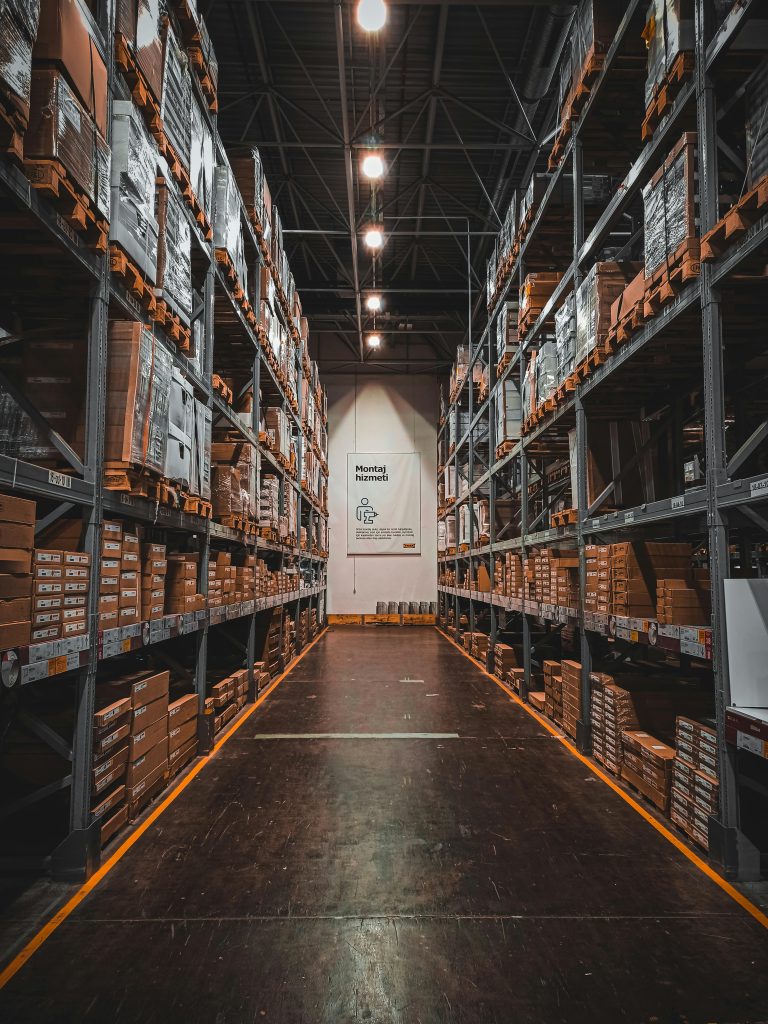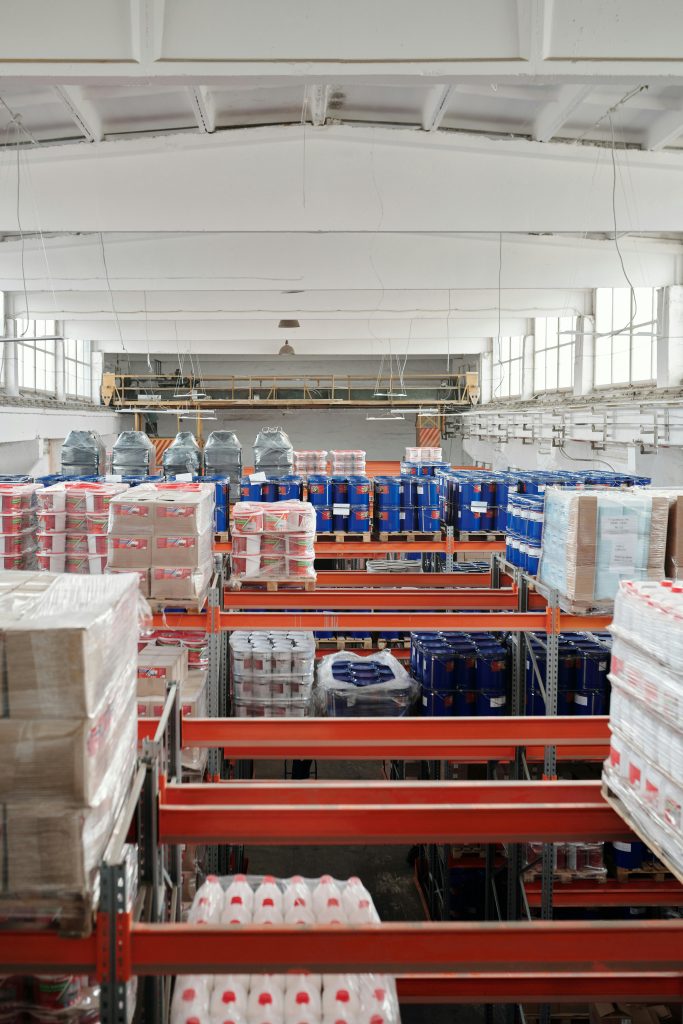Warehouse Picking def Strategies: Maximizing Efficiency in Order Fulfillment
Picking, in a warehouse context, refers to the process of retrieving items from storage locations to fulfill customer orders.

Understanding Picking in Warehouse Operations
What Does Picking def?
It’s a fundamental operation that directly affects order accuracy, shipping times, and overall customer satisfaction.
The Importance of Efficient Picking
Efficient picking processes are crucial for several reasons:
- Cost reduction: Streamlined picking reduces labor costs and improves resource utilization.
- Improved customer satisfaction: Faster and more accurate order fulfillment leads to happier customers.
- Increased throughput: Efficient picking allows warehouses to handle more orders in less time.
- Reduced errors: Well-designed picking strategies minimize mistakes and returns.
Types of Picking Strategies
1. Case Picking
Case picking involves selecting and retrieving full cases or cartons of products. This method is ideal for bulk orders or when customers require entire cases of a particular item.
What is Case Picking in a Warehouse?
Case picking in a warehouse refers to the process where workers select complete cases of products from storage locations. This method is efficient for large orders and reduces handling compared to piece picking.
Benefits of Case Picking:
- Faster picking for large orders
- Reduced product handling
- Simplified inventory management
- Ideal for bulk shipments
2. Piece Picking def
Piece picking, also known as split-case picking, involves selecting individual items from cases or storage locations. This method is common in e-commerce and retail operations where orders often consist of various products in smaller quantities.
3. Zone Picking def
In zone picking, the warehouse is divided into distinct areas or zones. Pickers are assigned to specific zones and are responsible for picking items only within their designated areas.
4. Batch Picking def
Batch picking involves grouping multiple orders together and picking them simultaneously. This method can significantly increase efficiency, especially when similar items are frequently ordered together.
5. Wave Picking def
Wave picking combines elements of zone and batch picking. Orders are released in waves, and pickers in different zones work on the same group of orders simultaneously.

Optimizing Picking Strategies
To maximize the efficiency of picking operations, consider the following strategies:
- Implement a robust Warehouse Management System (WMS)
- Use data analytics to optimize storage locations and pick paths
- Invest in appropriate material handling equipment
- Train staff thoroughly and regularly
- Implement performance metrics and incentives
- Continuously review and adjust processes
The Role of Technology in Modern Picking Operations
Technology plays a crucial role in enhancing picking efficiency:
- Voice-directed picking systems
- Pick-to-light technology
- Mobile scanning devices
- Automated Storage and Retrieval Systems (AS/RS)
- Artificial Intelligence for predictive analytics and optimization

Case Picker: The Backbone of Efficient Case Picking
What is a Case Picker?
A case picker is a warehouse worker specialized in selecting and retrieving full cases of products. Their role is crucial in maintaining efficiency in case picking operations.
Responsibilities of a Case Picker:
- Accurately selecting the correct cases
- Safely handling and moving heavy cases
- Operating material handling equipment
- Maintaining a clean and organized work area
- Adhering to safety protocols
- Meeting productivity targets

Challenges in Warehouse Picking and Solutions
Despite advancements in technology and processes, picking operations still face challenges:
- Labor shortages
- Seasonal demand fluctuations
- Inventory accuracy issues
- Space constraints
Solutions to these challenges include:
- Implementing flexible workforce strategies
- Using predictive analytics for demand forecasting
- Regular cycle counting and inventory audits
- Optimizing warehouse layout and storage solutions
The Future of Warehouse Picking
The future of warehouse picking is likely to be shaped by emerging technologies:
- Robotic picking solutions
- Augmented reality for guided picking
- Drone technology for inventory management
- Internet of Things (IoT) for real-time tracking and optimization
- Machine learning for continual process improvement

How Linbis Helps Improve Organic Search Positions
Linbis, as a leading provider of logistics software solutions, plays a significant role in improving organic search positions for warehouses. Here’s how:
- Comprehensive content strategy: Linbis creates in-depth, SEO-optimized content on warehouse picking strategies, helping businesses rank higher for relevant keywords.
- Thought leadership: By sharing expert insights on picking processes and warehouse management, Linbis establishes authority in the field, improving search rankings.
- User-centric design: Linbis’s software solutions incorporate SEO best practices, ensuring that warehouse websites using their tools are easily discoverable by search engines.
- Regular content updates: Linbis consistently refreshes its content to reflect the latest trends and innovations in warehouse picking, helping maintain relevance in search results.
- Data-driven insights: By providing warehouses with valuable analytics and performance data, Linbis enables the creation of unique, data-rich content that search engines favor.
- Mobile optimization: Linbis ensures that all content and tools are mobile-friendly, a crucial factor in search engine rankings.
- Localized content: For businesses operating in multiple regions, Linbis helps create localized content, improving search visibility in specific geographic areas.
In conclusion, efficient picking strategies are essential for modern warehouse operations. By understanding the various methods available, leveraging technology, and continuously optimizing processes, warehouses can significantly improve their productivity and competitiveness. With the support of advanced solutions like those provided by Linbis, warehouses can not only enhance their operations but also improve their visibility in search results, driving more traffic and potential customers to their business.
